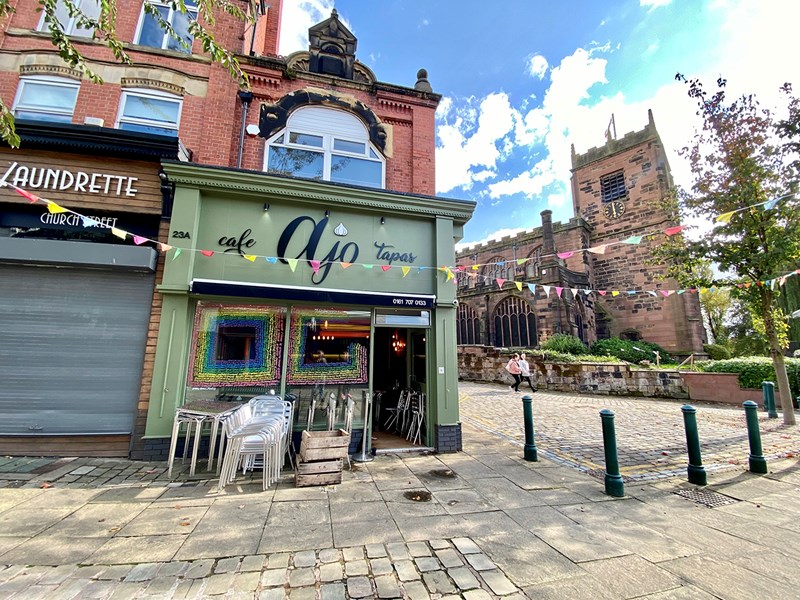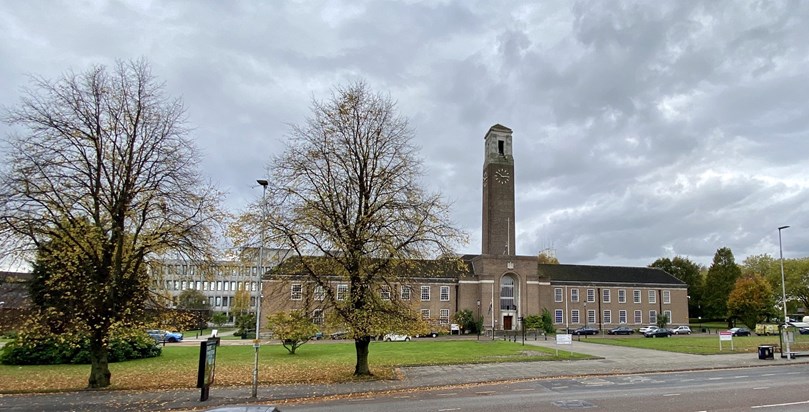Vital and Viable Neighbourhoods: Salford

The vital and viable project has one aim: to help places create neighbourhoods with a liveable and lovable centre.
The Institute of Place Management (IPM) – working in partnership with Manchester City Council developed and applied the concept as part of the City’s review of District Centres. Here, Springboard footfall counters were installed in 10 suburban centres, followed by more detailed research and community workshops in five places. The main outcome of the work is now informing local authority policy in relation to the future management of district centres.
The IPM is now developing similar partnership work with both Salford City Council and Stockport MBC. These projects will install footfall counters in a further 13 district centres, provide workshops with local stakeholders in each one. The overall aim will be to assess the vitality and vitality of each centre mapped against some of our key research, including the IPM’s 25 Priorities for high street change, and the 4Rs frameworks.
Each Vital and Viable project is flexible to meet the needs of a given location. The core aspects covered by the programme are management and governance, baselining and auditing and consensus building and action planning.
IPM Director Dr Steve Millington and Research Associate Dr Maria Lorono-Leturiondo were recently able to visit the local centres of Eccles, Pendleton, Swinton and Walkden to carry out place quality audits of each centre. The place quality audit is a great way to collect on the ground primary observations, field notes, and photographs to assist with the overall analysis of a location. An audit is a key tool in the baselining element of a vital and viable project.
Most visits start at the local café, getting a feel of the atmosphere in each location. Over coffee, the team looks at the town centre boundary map and decides how to approach all the different areas in a centre to ensure nothing is overlooked. This includes visiting and analysing common amenities in a centre such as a precinct, library, health centre, the main anchors (i.e. big supermarkets), parks and other recreational spaces, as well as public realm. Walking around and exploring the centre the team notes down observations based on the 25 factors, focusing on important aspects such as opening hours, types of businesses, vacancy rates, the overall appearance of the centre, the quality of our experience, how well connected the centre is, how accessible and walkable it is, or the presence of markets.

Picture from Swinton, one of the centres recently visited by the team
Reflecting on these most recent place audits, Maria said:
“It was great to get back out in the field and explore some new centres to progress this research. The centres of Walkden, Pendleton, Swinton and Eccles were all unique and interesting. We managed to speak to some local stakeholders in the centres who gave us detailed insights and an alternative perspective of each place’
“The centres have clearly been affected by Covid-19 with reduced footfall, hopefully, this research will help assist the council as they think about how each centre can recover from the pandemic”
Steve added:
“It is important, that as researchers, we visit places and experience the high street for ourselves. We think this is an essential part of any project we do in partnership with places”.
In the coming months, these place audits will be followed up with workshops bringing together residents, councillors, local traders, and other stakeholders to gain more insights into the realities of each centre. Finally, a report and a series of recommendations will be drafted for each location to guide future interventions at the local level.
Our vital and viable programme is available to any partner member, click here to learn more about the service.
The work we have done in Greater Manchester is the most substantive version of the Vital and Viable Project. However, we have undertaken similar projects around the country in partnership with places including in Salisbury, East Lindsey and Torridge, which were smaller in scale.
Discussing the impacts of the Vital and Viable visit in Salisbury in 2019, Robin McGowan – Chief Executive of Salisbury BID said:
“We found the IPM Vitality and Viability programme a really valuable exercise to bring the city stakeholders together to discuss their different perspectives and challenges for the city. The ‘Town Hall’ style event gave everyone the chance to understand place challenges and the key factors that effect a place and the ensuing report kickstarted a number of new partnerships resulting in a new ‘Place Board Partnership’ to take the city forward. The report also helped develop the city’s Central Area Framework”
What we have found is that the Vital and Viable programme can be the first step places take towards building a solid evidence base and understanding of how their centre’s function. Which is a vital in terms of establishing a shared local understanding of the challenges facing high streets today, but also in helpful in building consensus and a common vision to find the right solutions for each place.
